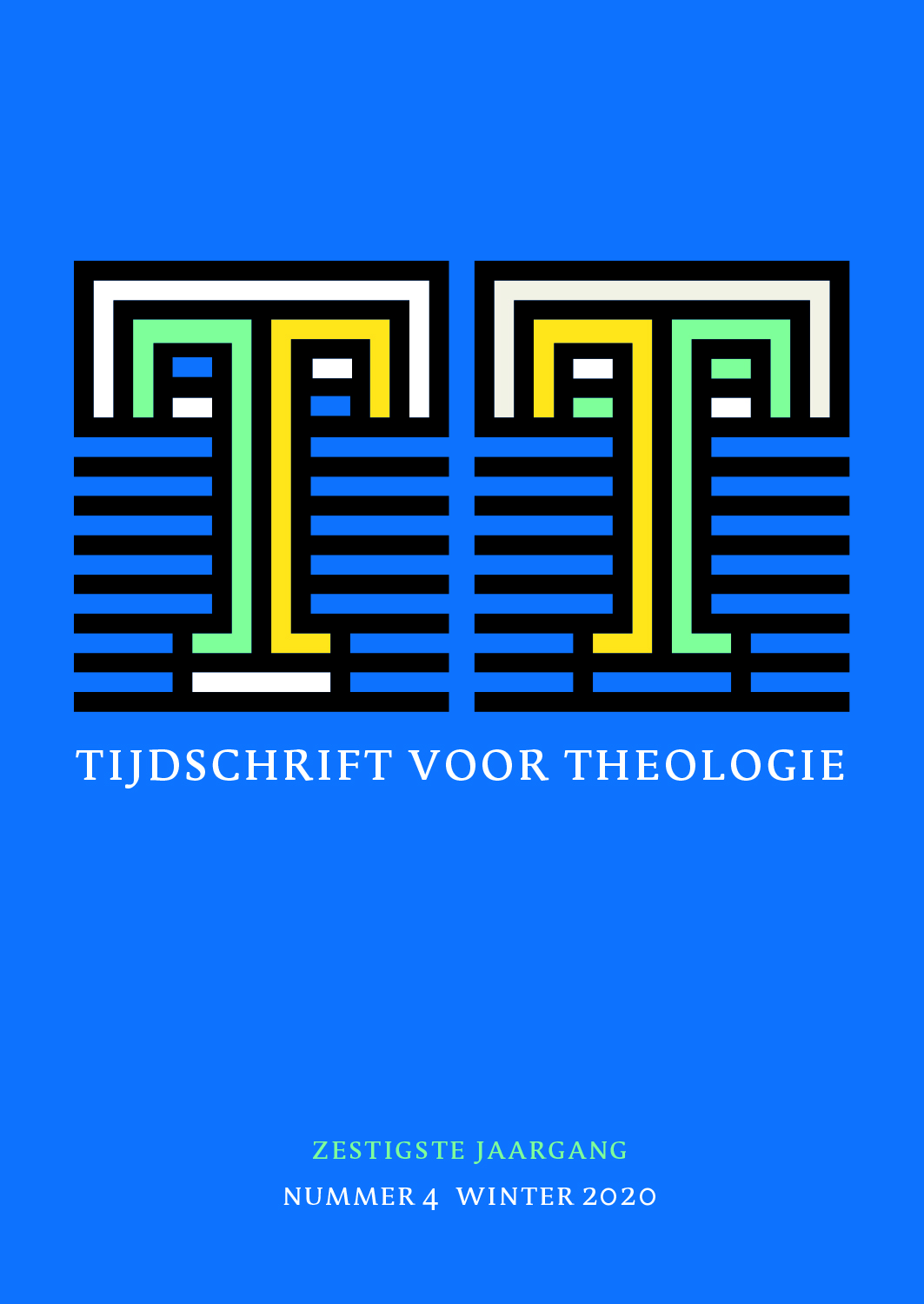 previous article in this issue previous article in this issue | next article in this issue  |

|
Document Details : Title: ‘Forgive me, Father, for ...’ Author(s): BROUWER, Rein Journal: Tijdschrift voor Theologie Volume: 54 Issue: 1 Date: 2014 Pages: 39-55 DOI: 10.2143/TVT.54.1.3200469 Abstract : Op 28 juni 2011 opende de Sp!ts met een reproductie van het werk ‘Forgive me Father, for…’ (2009) van de Nederlandse kunstenares Lilith (Henriëtte van Gasteren, 1964). Het voorpaginaverhaal opende met de kop: ‘«Aanstootgevend?». Kunstenares Lilith dacht dit werk te exposeren in een Limburgse abdij. Maar de geestelijken lieten het verstoppen’. ‘Seminarie «censureert» orgasmekunstwerk’, zo vervolgde de krant. Hoewel het feitelijk geen ‘seminarie’ betrof en het geen ‘geestelijken’ waren die de kunst aan het publieke oog onttrokken, was er wel degelijk sprake van een controverse over het werk van Lilith. Gasten van het conferentieoord Abdij Rolduc in Kerkrade, waar het werk tijdelijk tentoongesteld was, ervoeren het als aanstootgevend vanwege het ongepaste gebruik van religieuze attributen. Daarop werd het werk zonder overleg met de kunstenares verplaatst naar een minder toegankelijke ruimte. Since modernity, art and religion are no longer natural partners. The use of religious themes or religious imagery in arts, and in a more general sense in popular culture, only attracts attention when there is talk of blasphemy, when the interpretation of holiness is at stake. Scholars in religious studies can offer a constructive contribution to the discussion of the complex relation between art and religion, which manifests itself in the public domain as a cultural struggle for identity. There is more at stake for theologians, however. They will consider ways in which art and popular culture can be seen as a locus theologicus. This contribution looks into the theological meaning of art that ‘offends’ by focusing on a specific work of art by the Dutch artist Lilith (Henriëtte van Gasteren, 1964). This photograph from 2009 is entitled ‘Forgive me, Father, for …’. Description and interpretation of Lilith’s work are performed from the circuit of culture approach, derived from (visual) cultural studies. This considers the religious and theological meaning of art and popular culture in three articulated moments: production, representation, consumption. After a thorough survey of the various layers of the work, the theological meaning is formulated in the final part. Two different approaches are used. First the work is considered from the theological concept of ‘sanctification’. From the work of art, sanctification can be considered a transformational dedication that opens us up to the power of the good/God. The second, rather more inductive approach uses John Caputo’s anarchic theological method to provide a theological interpretation of ‘vulnerability’ in Lilith’s work. Caputo’s theology of the event helps to deconstruct the controversy that arose around the offensive aspects of ‘Forgive me, Father, for …’. The deconstruction of the event in Lilith’s work enables us to expose the theological meaning and consider the work as a search for a different way of speaking about God. Blasphemous, offensive art/popular culture thus becomes a fertile locus for theology, because it forces us to ask for the unconditional event we are given, rather than being fixated on established religious codes. Caputo’s ‘soft theology’ seems to offer a better theology of art for the interpretation of such (late) modern cultural expressions than Tillich’s theology or the use of rather laden concepts like ‘transcendence’ and ‘immanence’. |
|
